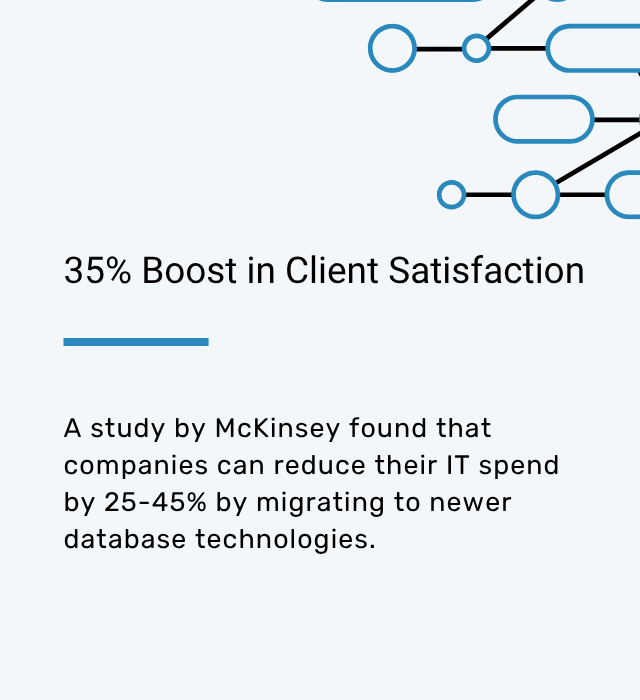PostgreSQL Upgrade with Zero Downtime
When it is critical, you can count on us!
Upgrading PostgreSQL can feel risky. Nobody wants downtime, disrupted workflows, or the chance of data loss. These challenges can make it hard to justify an upgrade, even when you need better performance and the latest features.
Our Zero Downtime PostgreSQL Upgrade service can help you leave those worries behind. We keep your database live and fully operational throughout the upgrade, so you get the benefit of enhanced performance, new features, and advanced security – all without any interruptions.
By upgrading PostgreSQL to the latest version, you get …



5 good reasons to upgrade your PostgreSQL database
Customer Success Story
From Heroku to AWS

This was an interesting case where the customer wanted to migrate from Heroku Postgres to self-managed PostgreSQL cluster on Amazon EC2.
The challenge was made especially interesting because of Heroku’s lack of support for logical replication. Our signature methodology uses logical replication for zero downtime migrations and upgrades.
We ended up tapping into Heroku’s S3 storage and set up log shipping to EC2, from which we created the cluster as the customer wanted.
How we upgrade PostgreSQL without any downtime
When downtime is not an option, upgrading PostgreSQL requires precision, planning, and a proven approach – a process that we have perfected over the years. Our consultants work hand-in-hand with your team to execute our signature 4-step process designed to eliminate risks and ensure uninterrupted operations.
Step 1: Configure the new cluster
We build a new PostgreSQL cluster tailored to your needs, following industry best practices and running the latest PostgreSQL version. This sets the stage for a smooth, reliable upgrade.
Step 2: Set up logical replication
Logical replication is configured to synchronize your current database with the new cluster in real time. This ensures the new cluster is always up to date without impacting your live database.
Step 3: Synchronize and test
Once the new cluster is fully synchronized, we rigorously test the application flow in a controlled environment. This ensures compatibility and catches any potential issues before the final switchover.
Step 4: Cutover to the New Cluster
The final step is the cutover when your application is switched to the new cluster. This transition is carefully planned to be instantaneous, ensuring no disruption to your business operations.




